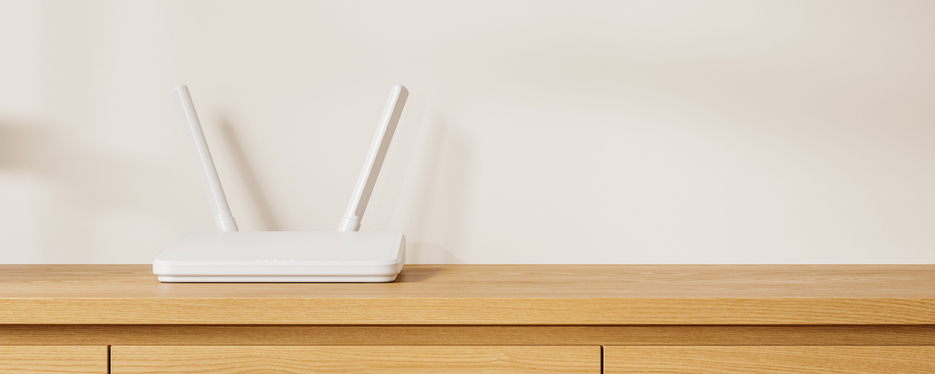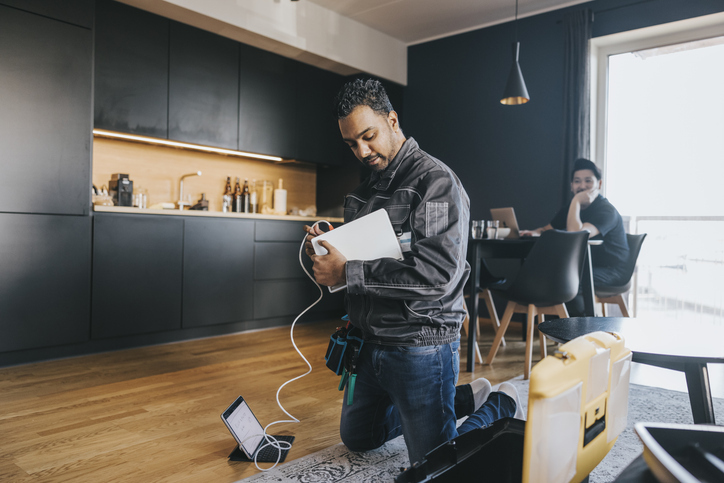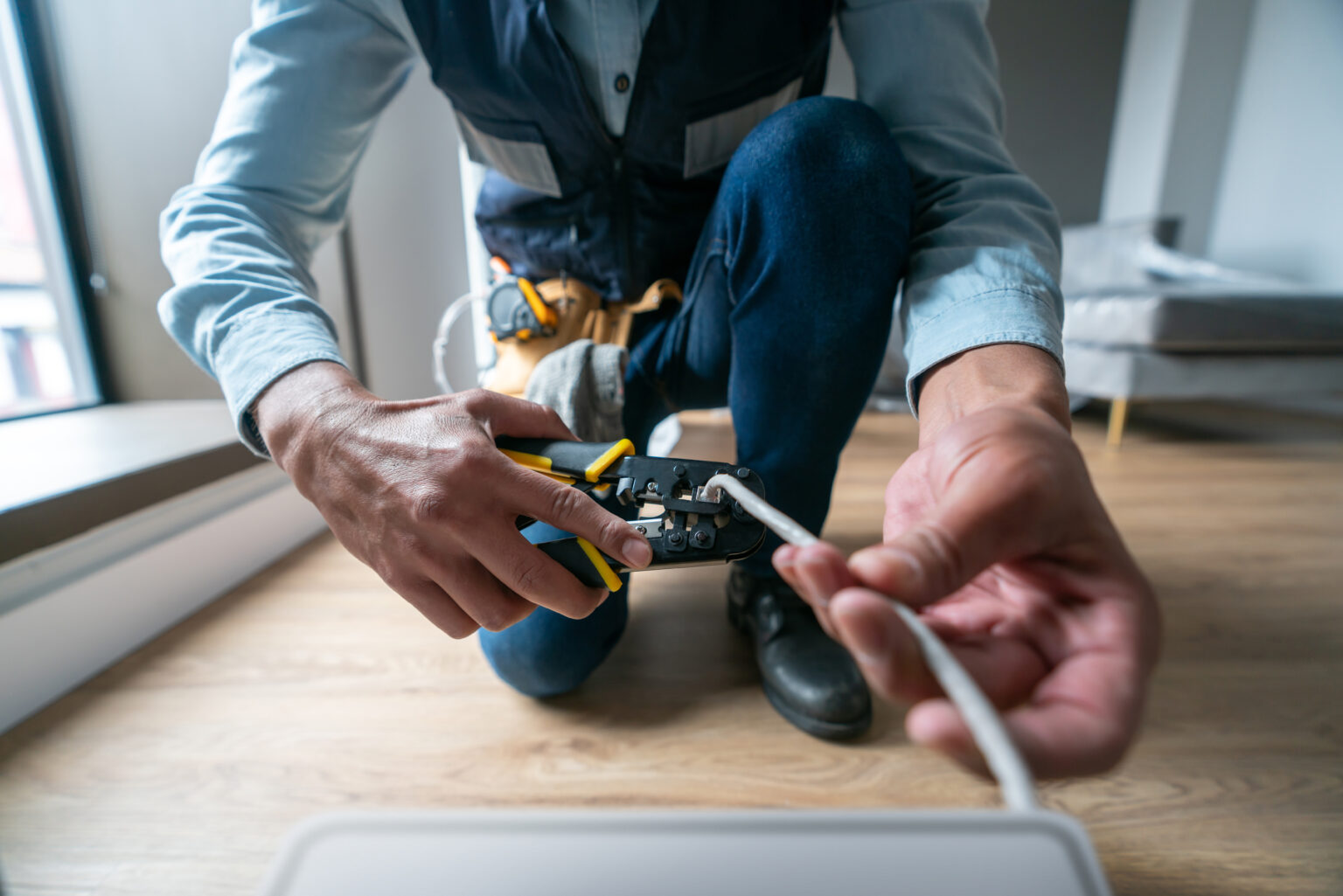Good news: you have super-fast fibre, LTE or 5G Internet piped into your home! Bad news: the signal in the street outside your house is stronger than what you’re getting in your lounge. Here’s how to fix that (and other domestic Internet connection issues) by setting up your home network effectively.
Remember, your home network connects all your devices in a single, secure system. Most people go wireless, using a WiFi connection to hook their TV, tablets and smart devices up to the Internet… but you can also use the old-school cable method. (More on that later.)
The hub of it all is your router, which accesses the signal from your Internet Service Provider (ISP). So let’s start there…
1. Place your router centrally
Routers use built-in antennae to create a limited-range WiFi network. The signal will be strongest when devices are nearest to it, which means that if you set your router up at your front door, people in the street or the passageway outside your home will have stronger signal than you’ll get in the room at the back of your home! Pick a central location where your router’s signal will reach all the corners of your home.

2. Mind the walls
Floors, walls and other solid areas absorb (and weaken) your WiFi signal. Try to position your router where it has a direct, uninterrupted line of sight to your most-used devices. Avoid thick, solid walls as much as possible.
3. Avoid interference
Other electronic devices can also interfere with router signals. Microwaves are a major culprit, so if you’re placing your router in the kitchen, try to keep the two apart. Mirrors and other reflective surfaces can also interfere with your signal, so try to avoid them too.
4. Call in the pros
Your router and gateway (which connects you to the fibre or fixed wireless network) will need to be plugged into a wall so that they can be physically connected to your service provider’s network. Good providers will send a team to take care of this. Even if you’re fairly tech-savvy, it’s best to leave the installation to the pros. After all, if something goes wrong later on, you’ll then be able to call them for support.

5. Set up your network name and password
Once your network is up and running, you’ll need to set up the software side of things. (Again, most ISPs will help you to set up your network and set a password.) Choose a network name that you’ll remember, but which doesn’t have any identifying features. Calling it “John Smith’s Home WiFi”, for example, tells every stranger who passes your home that John Smith lives in your house.
Remember to update your password every few months to keep your network as secure as possible.
6. Choose WiFi or cable
For most devices, you’ll want a wireless connection. That way you can stream TV shows on your tablet while lying in bed, stream music while you’re pottering around the house, and – ahem! – play games on your phone while you’re in the Thinking Room. But if you’re using a desktop computer that won’t move from its location, consider running a cable connection. As mentioned above, WiFi signals can lose strength if there are walls, mirrors or thick barriers between your device and your router… so if you’re a serious gamer or someone who works from home, cable may be the better choice.

7. Test your connection regularly
This is especially important if you’re only using a WiFi connection, and if you’re the type of person who likes to redecorate. WiFi signals can be finicky, so run an online speed test every couple of months to ensure you’re getting the fastest possible connection. The easiest way to do this is to just type “speed test” into Google, and either use Google’s test or Ookla’s. That’ll tell you whether the 100 Mbps line you’re paying for is translating into a 100 Mbps connection on your device!
Now that you know how to get the best out of your connectivity, check out some fast and reliable home internet solutions from Vodacom.


